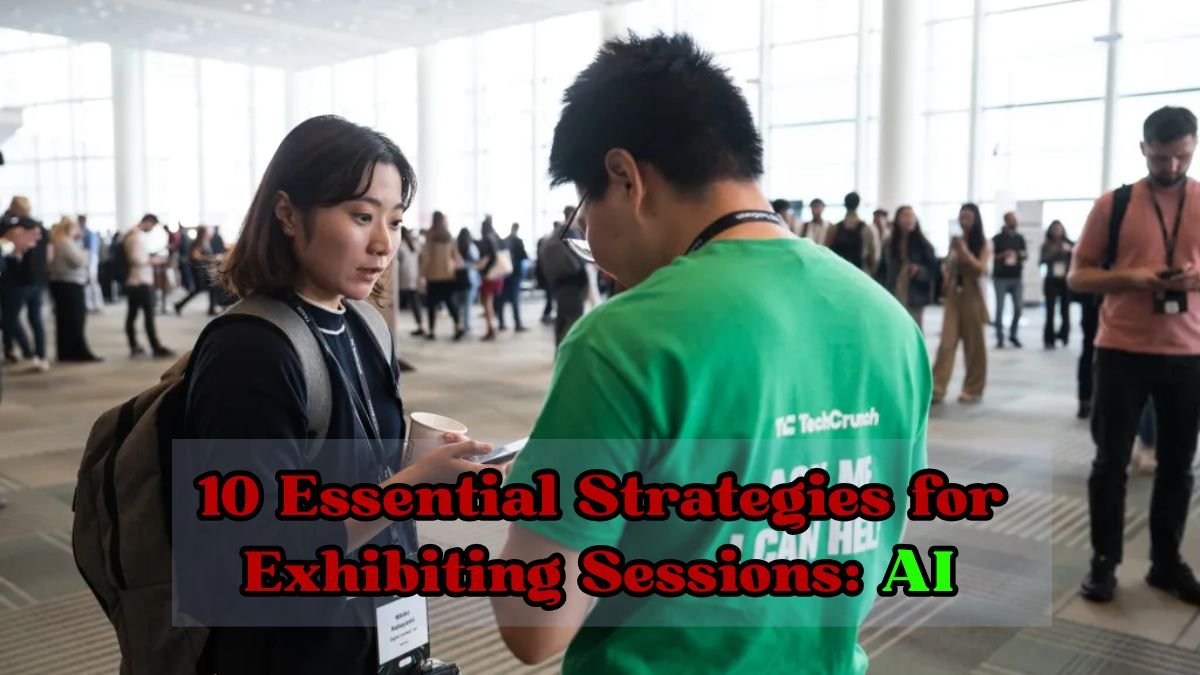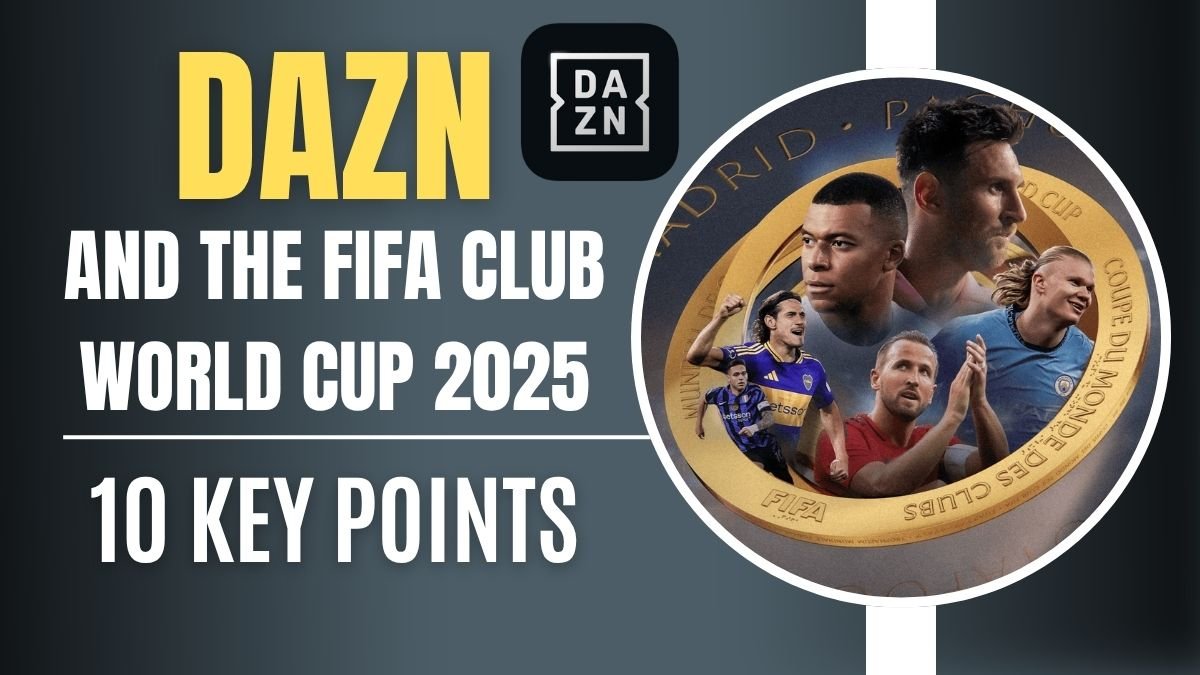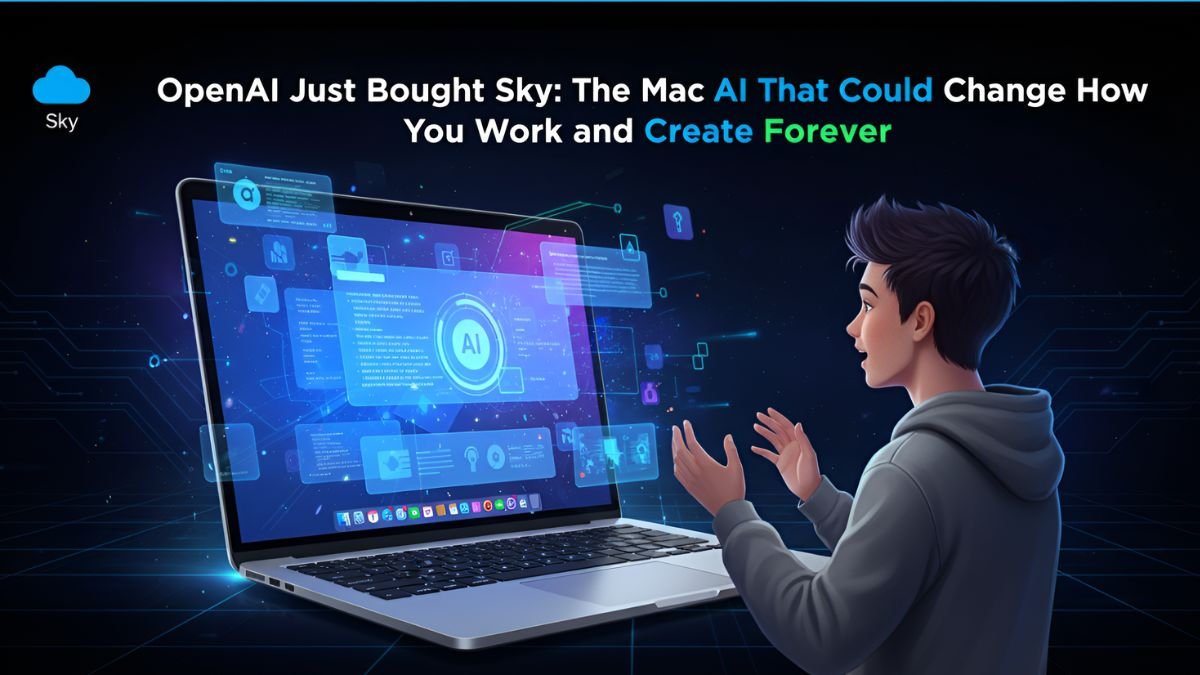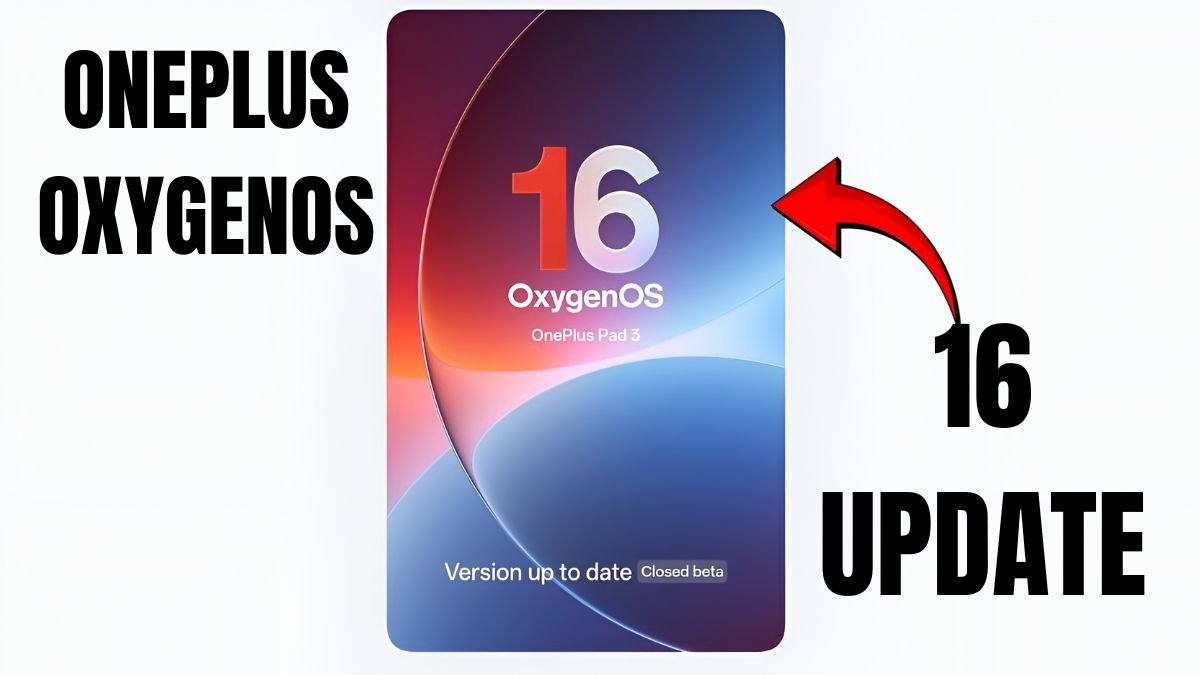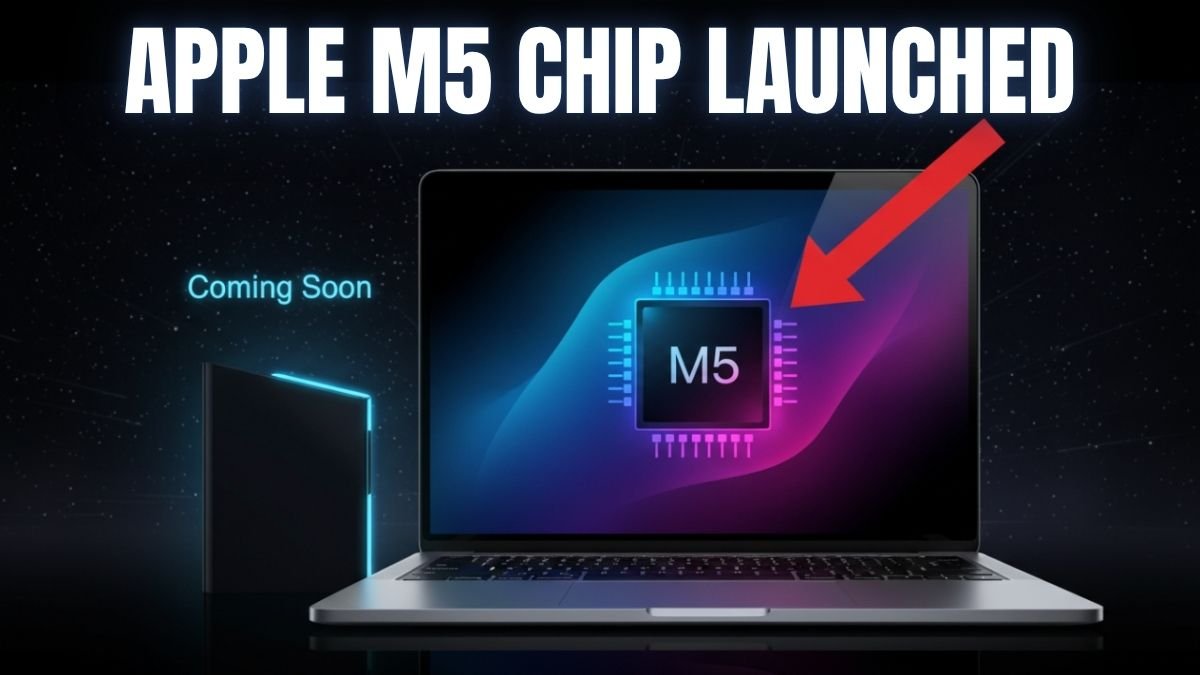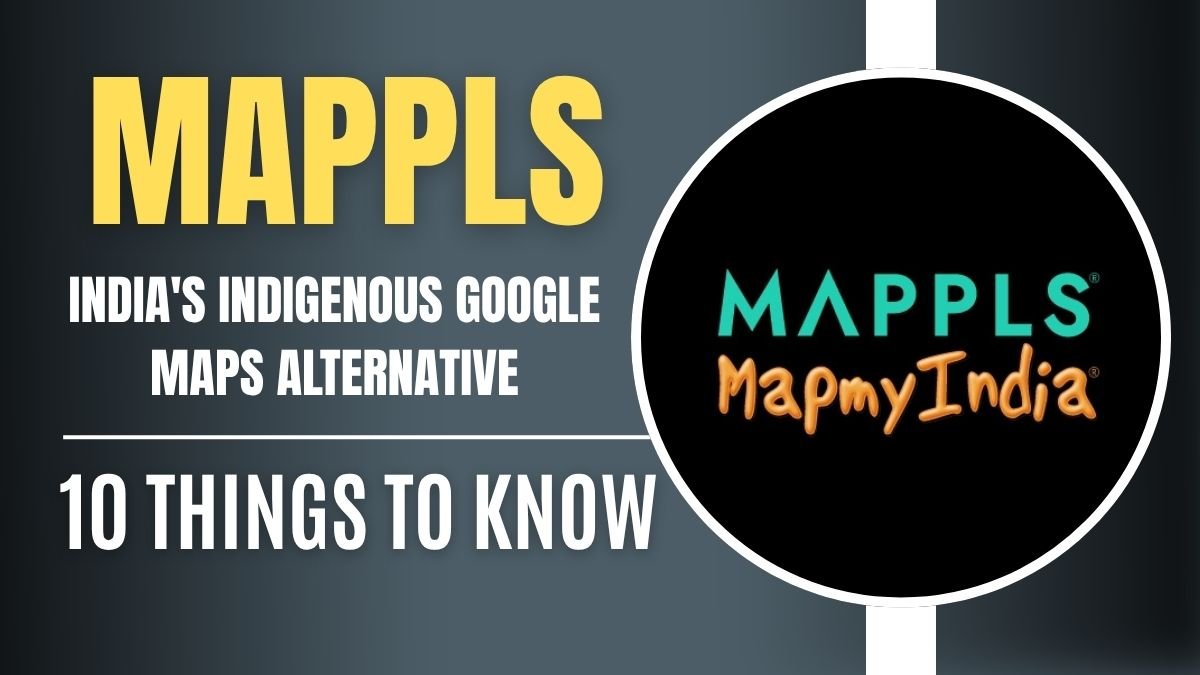Secure Your Exhibitor Table Early
Booking your exhibitor table before the May 9 deadline is the first critical step toward maximizing your impact at TechCrunch Sessions: AI. Tables are limited and tend to sell out rapidly, so reserving your spot early ensures you’ll be part of this premier event. Early registration also gives you ample time to plan logistics, design your exhibit, and coordinate your team’s travel. Knowing you have a table secured allows you to focus on crafting a compelling presentation rather than worrying about availability. By taking action before the deadline, you affirm your commitment and set the foundation for a successful showcase.
Craft an Engaging Banner
Your banner is often the first impression attendees will have of your brand. A clear, bold logo paired with a concise tagline helps visitors immediately grasp your mission. Use high-contrast colors and legible fonts to ensure readability from a distance. Incorporate visual elements or illustrations that reflect your product’s unique features or benefits. Keep text minimal—focus on one powerful statement or question that piques curiosity. A well-designed banner does more than decorate your table; it acts as a magnet for foot traffic. Investing time in a professional, eye-catching banner increases the likelihood of drawing in the right audience.
Prepare a Live Demonstration
Nothing captures attention like a live demo of your AI solution in action. Whether you’re showcasing a software platform, hardware prototype, or integrated service, a working demonstration brings your technology to life. Structure your demo to highlight user interaction, real-time performance, and key results. Practice transitions and anticipate potential technical glitches by having backup devices and offline content ready. Invite attendees to try the demo themselves—a hands-on experience creates memorable engagement. A compelling live demonstration not only illustrates your product’s capabilities but also fosters trust and excitement, often leading directly to follow-up meetings or investment discussions.
Develop a Concise Pitch Deck
A succinct pitch deck serves as your verbal and visual guide when meeting investors, partners, and press. Limit your deck to five slides covering the problem, your solution, market opportunity, business model, and team credentials. Use clear headings and visuals—charts, infographics, or screenshots—to reinforce your key points. Avoid dense text; each slide should prompt conversation rather than overwhelm. Have both digital and printed versions available so you can share immediately after an engaging discussion. A well-crafted pitch deck ensures you articulate your value proposition effectively, making it easy for decision-makers to understand and remember your offering.
Train Your Team for Engagement
Every team member at your table should know the core messages, demo flow, and key differentiators of your product. Conduct brief training sessions to assign roles—who greets visitors, who leads demos, and who handles detailed technical questions. Develop quick scripts for common questions and encourage authentic, conversational responses. Emphasize active listening so your team can tailor the discussion to each attendee’s interests. Practice smooth handoffs between team members to present a unified front. Well-prepared staff not only conveys professionalism but also maximizes each interaction’s potential, ensuring that every visitor leaves with a clear understanding of your innovation.
Organize Logistics and Equipment
Reliable logistics are the backbone of your exhibit. Create a checklist of all necessary items: laptops, tablets, chargers, extension cords, adapters, and portable chargers. Test every device before the event to confirm software versions and connectivity. Pack spares for essential components, such as cables and batteries, to avoid last-minute emergencies. Label your equipment and materials clearly for easy identification. Plan your shipping or transport arrangements in advance, allowing for potential customs or delivery delays if you’re traveling internationally. By staying organized and prepared, you can focus on engaging attendees rather than troubleshooting technical issues under pressure.
Design Effective Marketing Materials
Complement your live demo with printed brochures, one-pagers, and business cards that summarize your offering succinctly. Use consistent branding—logos, colors, and fonts—to reinforce your professional image. Highlight key metrics, testimonials, or case studies to build credibility. Include clear calls to action, such as website URLs or scan-to-download QR codes linked to whitepapers or demo videos. Ensure materials are easy to carry, with a format that encourages readers to revisit after the event. Well-designed collateral extends the reach of your messaging beyond the floor of Zellerbach Hall, providing tangible reminders that drive post-event engagement.
Leverage the Event App Profile
Your branded profile in the TechCrunch Sessions: AI app can be a powerful tool for pre- and post-event networking. Complete every field—logo, company description, key contacts, and social media links—to ensure discoverability. Use this platform to announce demo times, schedule meetings, or share teasers about giveaways or special presentations. Encourage your network to “favorite” your profile so attendees can locate you easily on the day of the event. Actively monitor in-app messages and respond promptly to meeting requests. By optimizing your app presence, you increase your visibility and capitalize on digital touchpoints to supplement your physical exhibit.
Plan Lead Capture and Follow-Up
Capturing visitor information systematically is essential for converting event interactions into meaningful business outcomes. Use digital lead capture tools—tablet forms, QR code scans, or business card scanners—to record names, roles, and specific interests. Tag entries based on conversations (e.g., investor, potential partner, press) to streamline follow-up. Develop a follow-up schedule before the event concludes: send personalized thank-you emails within 48 hours and share relevant resources promised during demos. Maintaining momentum after the event sustains relationships, demonstrating reliability and professionalism, and significantly improves your chances of turning initial interest into concrete commitments.
Network with Key Attendees
While your table serves as the centerpiece of your presence, allocate time to attend panel sessions, networking lunches, and social events. Identify speakers, investors, and enterprise leaders you want to meet, and plan brief, focused conversations. Prepare an elevator pitch that communicates your value proposition in 30 seconds. Be proactive—introduce yourself, ask insightful questions, and exchange contact cards. Follow panels relevant to your technology to gain topic familiarity and reference insights in discussions. By balancing exhibit duties with strategic networking, you maximize exposure, broaden your professional circle, and uncover opportunities that extend far beyond a single demo.
